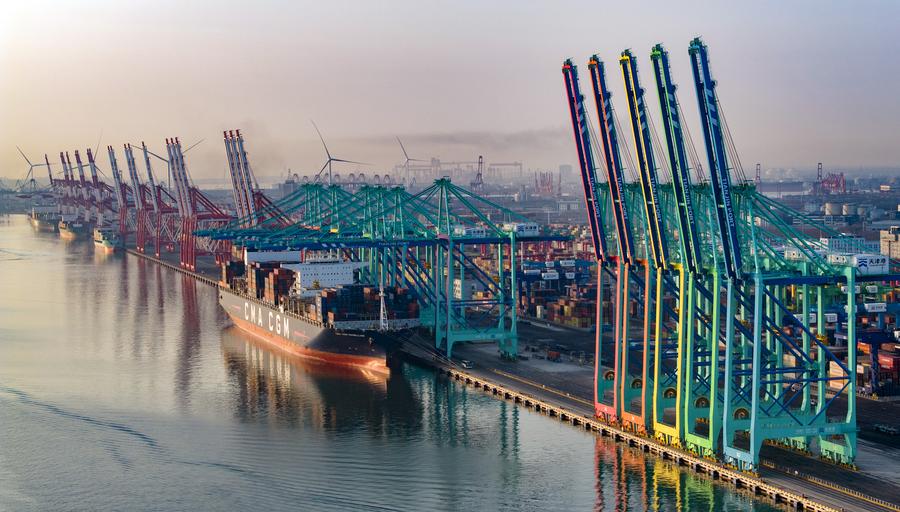China proves path to modernization not a single-choice answer, says expert

Some people believe the Western model is the only path to development, but China's modernization achievements have proven otherwise.
China's much-lauded transformation, for many developing countries, reveals that the path to modernization is not a single-choice answer, but a multiple one, a Chinese expert has said.
Yin Jun, deputy director of the Modernization Research Center at Peking University, told Xinhua in a recent interview that some people believe the Western model is the only path to development, but China's modernization achievements have proven otherwise.
China's rapid transformation into a global economic powerhouse within a few decades is one of the most compelling development stories in human history, he said.
The conventional theory of modernization, initiated by British and U.S. thinkers, is tailored for Western countries, Yin noted. As a result, developing countries were discouraged from adapting or improving upon this theory since it was already seen as developed and proven.
However, some countries that adopted the Western model wholesale eventually found themselves mired in the middle-income trap, realizing only too late that the model did not fit their local conditions.
China, through unremitting efforts and comprehensive reform, has successfully charted a modernization path distinct from that of the West, said Yin, adding that the Chinese approach to modernization not only enriches the traditional Western theory but also represents a step forward towards perfecting it.
Chinese modernization is characterized by a large population, common prosperity for all, advancements in material and cultural-ethical realms, harmony between humanity and nature, and peaceful development, according to him.
The most distinctive feature of China's modernization, Yin said, is its focus on people-centeredness. The ultimate goal of China's model has been to promote the well-being and all-round development of the public.
While China has no intention to impose its ideological and economic models on others, its development drive offers new choices for humanity's pursuit of modernization and serves as a model for developing countries to independently pursue their own paths. Independence is another key feature of China's modernization drive and cannot be stressed enough, Yin pointed out.
Despite their wealth, developed countries often grapple with social inequalities and regional disparities, while the Chinese experience highlights the importance of inclusive growth policies that address these issues, he said.
China's success in modernization provides valuable lessons for developing countries. By learning from China's successes, nations can chart their own paths toward sustainable and inclusive modernization, Yin added.
